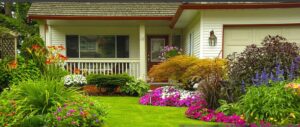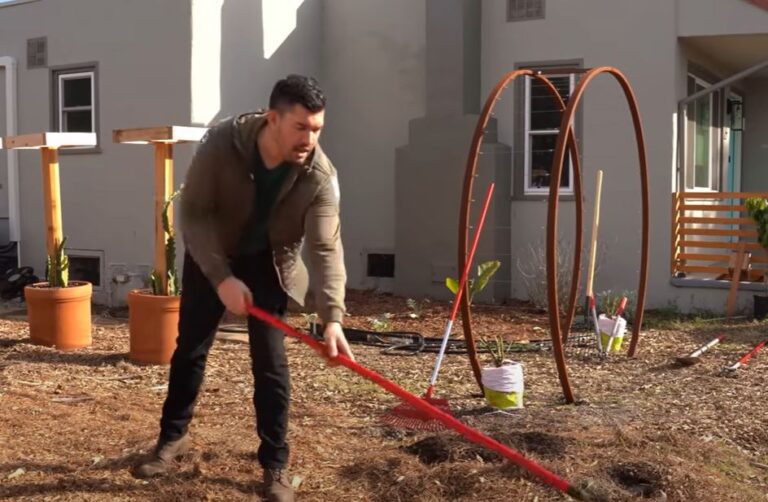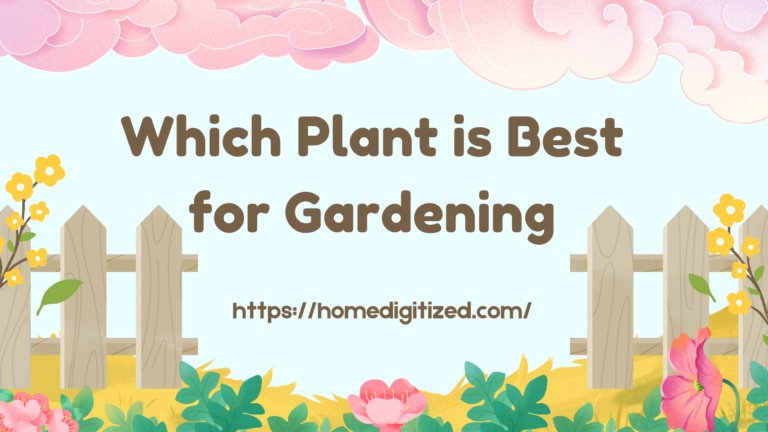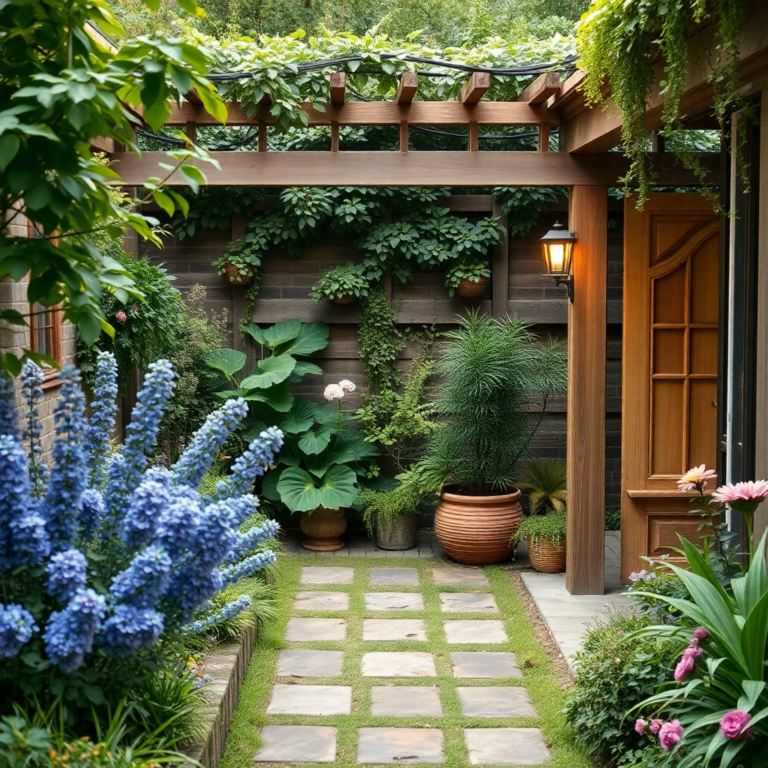What Makes Up a Garden?: Essential Elements for a Perfect Oasis
A garden is more than just plants and flowers. It’s a blend of many elements that create a beautiful space.
But what exactly makes up a garden? Let’s explore. A garden is a living work of art. It’s a place where nature and human effort meet. The elements of a garden can vary widely. Some gardens feature lush green lawns, others boast vibrant flower beds.
Many have vegetable patches or herb corners. Paths and walkways often wind through the garden, inviting exploration. Fountains or ponds can add a touch of tranquility. Each element plays a role in creating a harmonious and inviting space. Whether you have a small balcony garden or a sprawling backyard, understanding these elements can help you create your own perfect garden.
Planning And Design
Planning and design are crucial for a successful garden. A well-thought-out plan ensures your garden thrives. It also helps in efficient use of space and resources. This section covers key aspects of planning and design.
Site Assessment
Site assessment is the first step in garden planning. Examine the soil type to determine its suitability for plants. Check the sunlight exposure throughout the day. Identify areas with shade and full sun. Evaluate the drainage to prevent waterlogging. These factors influence plant selection and placement.
Garden Layout
A good garden layout maximizes space and enhances aesthetics. Draw a rough sketch of your garden. Mark different zones for various plant types. Include pathways for easy access. Consider adding focal points like a fountain or statue. Plan for future growth and changes. This approach helps maintain a balanced and beautiful garden.
:strip_icc()/stone-walkway-leading-garden-ccab4820-64cc37892feb45a58001bc53f6ba7aeb.jpg)
Plant Selection
Choosing the right plants is crucial for a thriving garden. The types of plants you select can make or break the look and health of your garden. It’s not just about picking pretty flowers. You need to consider the climate, soil type, and your garden’s layout.
Proper plant selection ensures that your garden remains vibrant and healthy throughout the year. This involves understanding the needs of different plants and how they interact with each other. Let’s explore some essential aspects of plant selection.
Choosing The Right Plants
Select plants that suit your garden’s environment. Consider the amount of sunlight your garden receives. Some plants need full sun, while others thrive in partial shade.
Check the soil type in your garden. Some plants prefer sandy soil, while others do better in clay or loamy soil. Understanding your soil type can help you choose plants that will flourish.
Think about the mature size of the plants. Ensure you have enough space for them to grow without overcrowding. This helps maintain a healthy garden and prevents competition for resources.
Seasonal Planting
Planting according to the seasons keeps your garden vibrant all year. Different plants bloom in different seasons. By planning your planting schedule, you can ensure your garden always has something in bloom.
In spring, consider planting bulbs and perennials. These plants take advantage of the warming weather and longer days. In summer, focus on heat-tolerant plants like sunflowers and zinnias.
Autumn is perfect for planting trees and shrubs. The cool weather helps them establish roots. Winter is ideal for planting evergreens and winter-flowering plants, keeping your garden lively even in the cold months.
Soil And Fertilization
The foundation of any successful garden is healthy soil. Good soil ensures that plants receive the nutrients they need. Proper fertilization can make your garden thrive. Let’s explore the key components of soil and fertilization.
Soil Types
There are different types of soil. Each has its own characteristics. Understanding your soil type is crucial.
- Clay Soil: Heavy and dense. It holds water well but drains poorly.
- Sandy Soil: Light and gritty. It drains quickly but doesn’t retain nutrients.
- Silty Soil: Smooth and silky. It retains moisture but can become compacted.
- Loamy Soil: A mix of sand, silt, and clay. It is well-draining and fertile.
Each soil type has its benefits and challenges. Knowing your soil helps in choosing the right plants and amendments.
Nutrient Management
Plants need three primary nutrients: Nitrogen (N), Phosphorus (P), and Potassium (K). These nutrients are often referred to as NPK. They are essential for plant growth.
Here is a table summarizing the primary nutrients:
| Nutrient | Function |
|---|---|
| Nitrogen (N) | Promotes leaf growth |
| Phosphorus (P) | Encourages root and flower development |
| Potassium (K) | Supports overall plant health |
Soil testing can help determine nutrient levels. Based on the results, you can add specific fertilizers. Organic options like compost and manure are excellent choices. They improve soil structure and add nutrients.
Follow these steps for effective fertilization:
- Test your soil to understand its needs.
- Choose the right fertilizer based on soil test results.
- Apply fertilizer evenly and in the right amount.
- Water your garden to help plants absorb nutrients.
Proper nutrient management is key to a healthy garden. Balance is crucial to avoid over-fertilization.
Watering Systems
Watering systems are vital for a healthy garden. They ensure plants receive the right amount of water. These systems can be simple or complex, depending on your garden’s needs. Let’s explore some common irrigation methods and ways to conserve water.
Irrigation Methods
Irrigation methods vary widely. One popular method is drip irrigation. This system delivers water directly to the plant roots. It reduces water waste and ensures deep soil penetration.
Another method is sprinkler irrigation. Sprinklers distribute water across a large area. They mimic natural rainfall. This method is ideal for lawns and larger garden beds.
Soaker hoses are another option. These hoses slowly release water along their length. They are easy to install and use. Soaker hoses work well for raised beds and row plantings.
Water Conservation
Water conservation is important for sustainable gardening. One way to conserve water is by using mulch. Mulch helps retain soil moisture. It also reduces evaporation.
Rain barrels are also useful. They collect and store rainwater. This water can be used during dry periods. It’s a free and natural resource.
Smart irrigation controllers can save water too. These devices adjust watering schedules based on weather conditions. They ensure your garden gets water only when needed.
Garden Structures
A well-structured garden provides both beauty and functionality. Garden structures offer organization and charm. Each structure serves a unique purpose and enhances the garden’s look. Let’s explore some key garden structures.
Pathways And Borders
Pathways guide visitors through the garden. They connect different areas and highlight key features. Walkways can be made from stone, gravel, or wood. Stone paths offer a classic and durable option. Gravel paths are easy to install and maintain. Wooden paths add warmth and a rustic feel.
Borders define the edges of garden beds. They separate different sections and prevent plants from spreading. Borders can be made from bricks, stones, or metal. Brick borders offer a timeless look. Stone borders blend well with natural surroundings. Metal borders provide a sleek and modern touch.
Seating And Decor
Seating areas invite relaxation and enjoyment. Benches, chairs, and swings are popular choices. Benches offer a place to rest and admire the garden. Chairs provide comfort and can be moved around easily. Swings add a playful element and are loved by children.
Decor enhances the garden’s aesthetic. Statues, fountains, and birdbaths are common decor items. Statues add character and can be focal points. Fountains bring the soothing sound of water. Birdbaths attract birds and create a lively atmosphere. Choosing the right decor can transform a garden into a magical place.
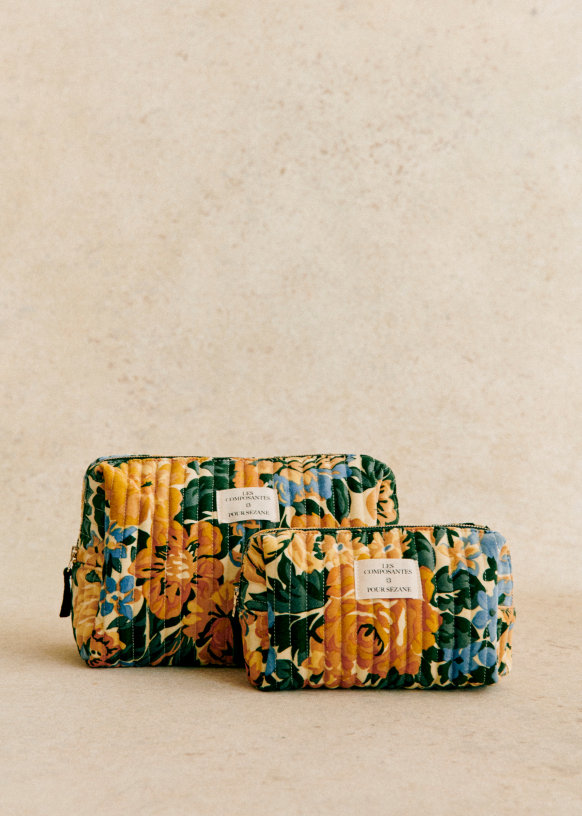
Maintenance And Care
Maintaining a garden requires ongoing attention and care. Proper maintenance ensures your garden thrives. This section will cover essential tasks to keep your garden healthy.
Pruning And Weeding
Pruning helps plants grow stronger. It removes dead or damaged parts. Regular pruning shapes plants and encourages new growth. Use sharp tools to avoid harming plants.
Weeding is another vital task. Weeds compete with your plants for nutrients. Pull weeds out by the roots to prevent regrowth. Mulching can also reduce weed growth.
Pest Control
Pests can damage your garden. Identifying pests early helps control them. Use natural pest control methods first. For example, introduce beneficial insects. Ladybugs can eat harmful pests.
If pests persist, consider organic pesticides. They are less harmful to the environment. Always follow the instructions on pesticide labels. This ensures effective and safe use.
Sustainable Practices
Sustainable practices are vital for a thriving, eco-friendly garden. These methods help maintain the health of the soil, plants, and the environment. By adopting sustainable practices, you can create a self-sustaining ecosystem right in your backyard. Let’s explore some key sustainable practices for a garden.
Composting
Composting is a simple yet powerful way to enrich garden soil. It involves breaking down organic matter like kitchen scraps, leaves, and grass clippings. This process creates nutrient-rich compost that helps plants grow better. Composting reduces waste and enhances soil structure. It also promotes beneficial microorganisms that support plant health.
Organic Gardening
Organic gardening focuses on natural methods to grow plants. It avoids synthetic pesticides and fertilizers. Instead, it relies on natural alternatives like compost, manure, and organic mulch. Organic gardening encourages biodiversity and keeps the garden ecosystem balanced. This practice also improves soil fertility and reduces pollution.

Frequently Asked Questions
What Are The Essential Components Of A Garden?
A garden typically includes plants, soil, water, sunlight, and garden tools. Each component plays a vital role in maintaining the health and beauty of the garden.
How Do I Choose Plants For My Garden?
Choose plants based on your garden’s climate, soil type, and sunlight. Select a mix of flowers, vegetables, and shrubs for variety.
What Type Of Soil Is Best For Gardening?
Loamy soil is ideal for gardening. It has a balanced mixture of sand, silt, and clay, providing good drainage and nutrients.
How Much Sunlight Does A Garden Need?
Most gardens need at least 6 hours of sunlight daily. However, some plants may require more or less light.
A garden is a blend of many elements. Plants, flowers, and trees provide life and color. Paths and benches invite you to explore and rest. Soil, mulch, and compost support plant health. Water sources like ponds or fountains add tranquility.
Tools and care nurture growth. Each part has a role. Together, they create a peaceful, beautiful space. A garden reflects your creativity and effort. Enjoy the process and the result. Happy gardening!

